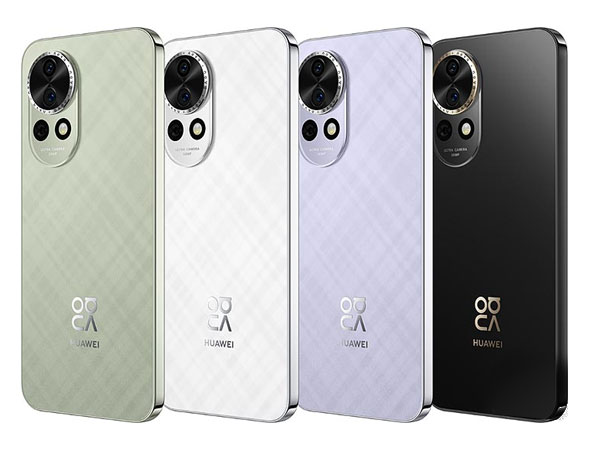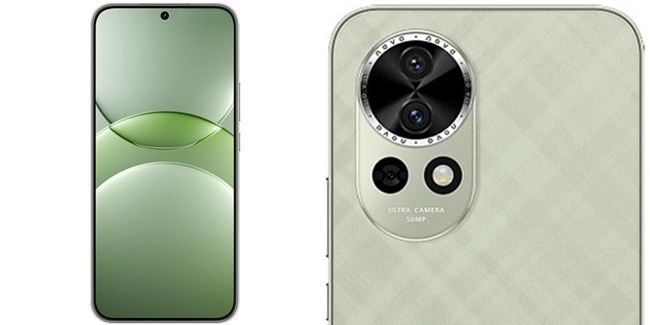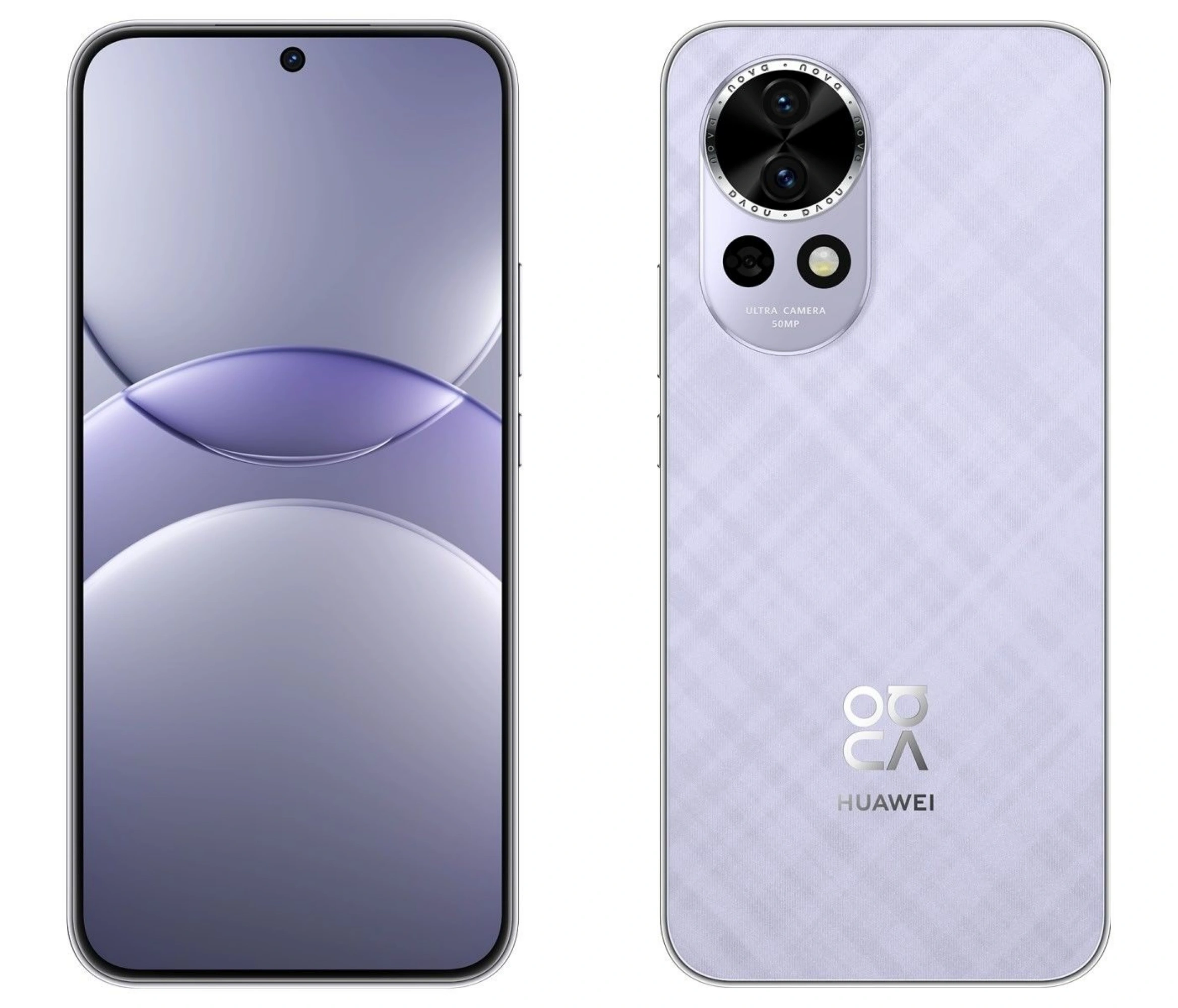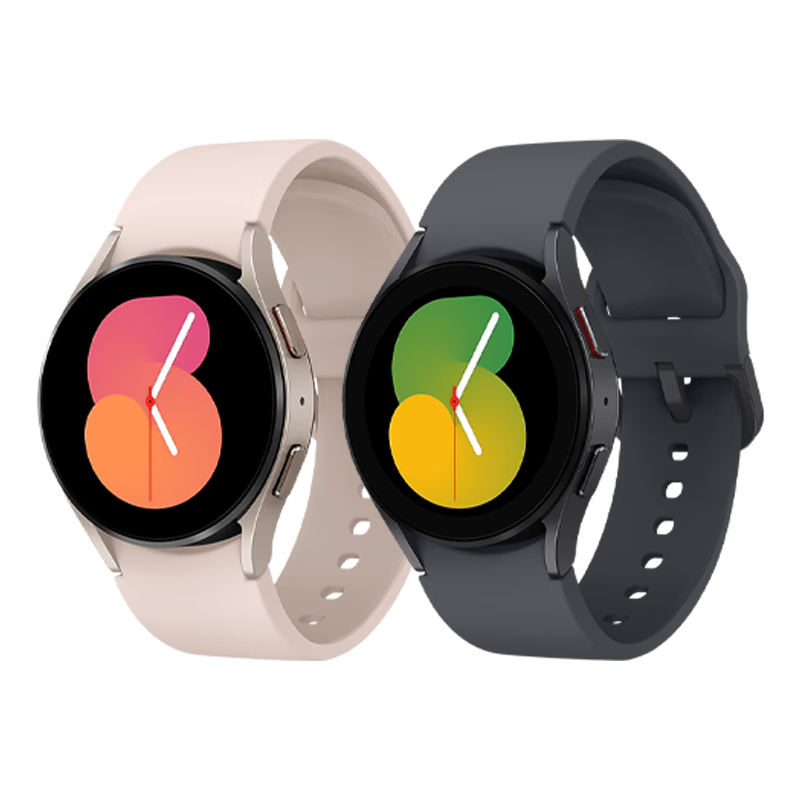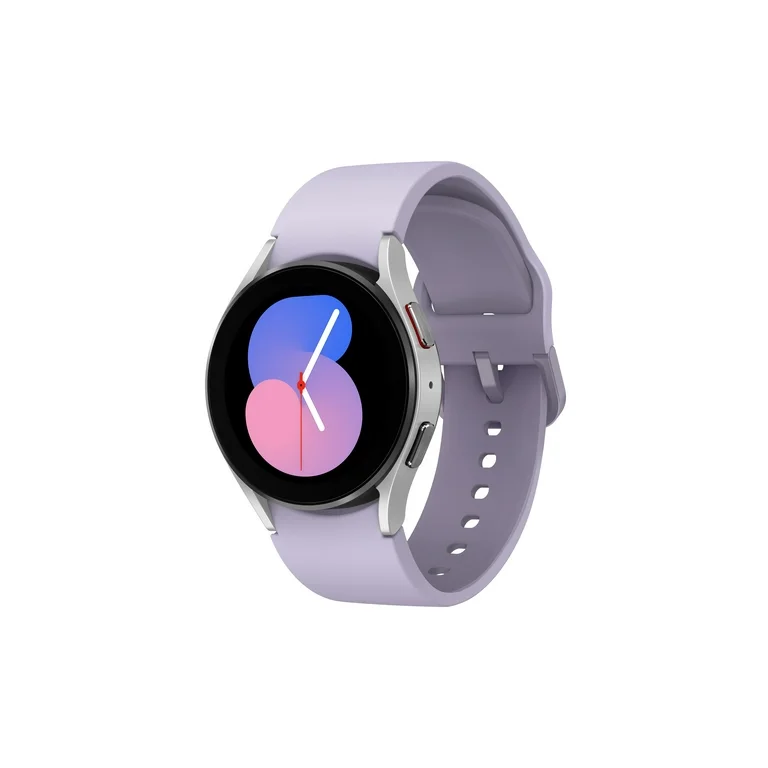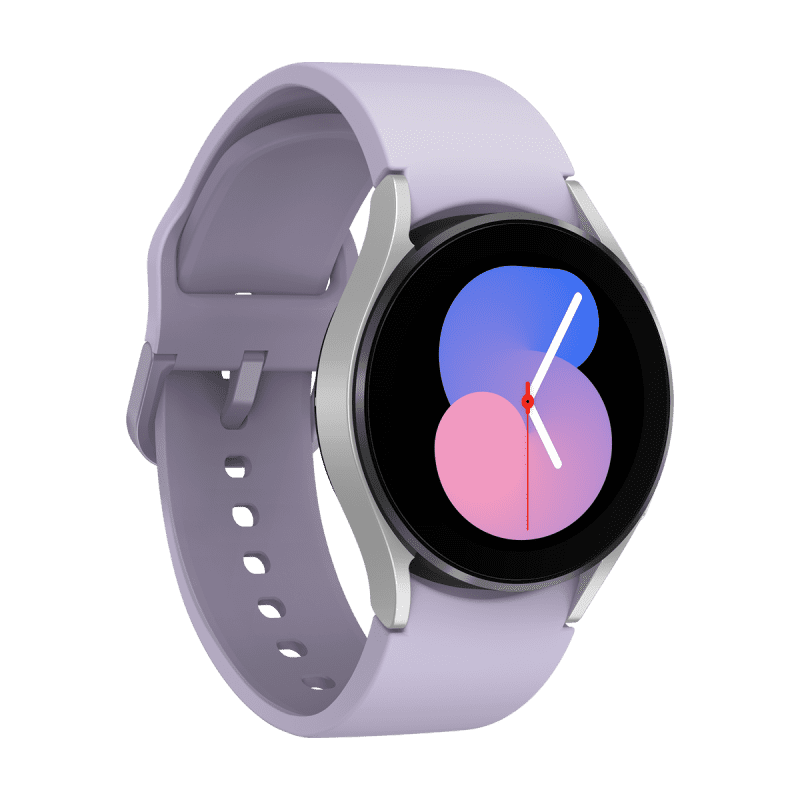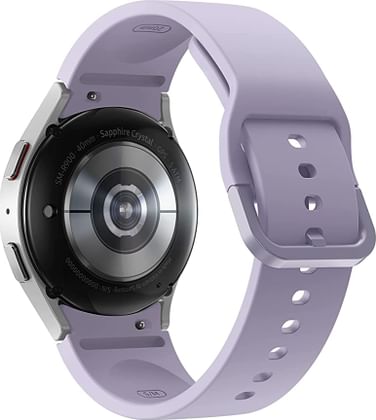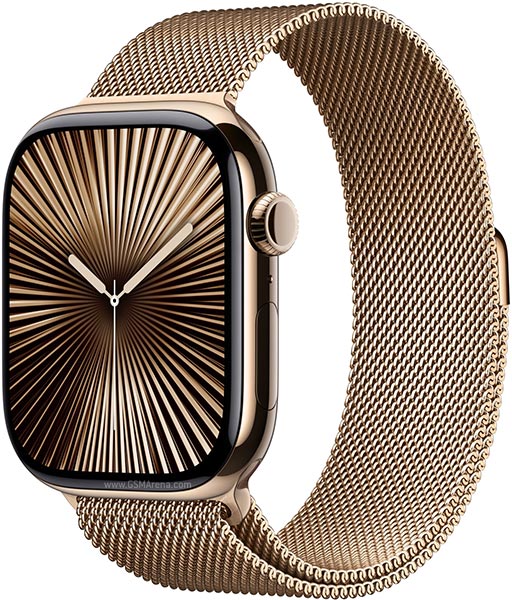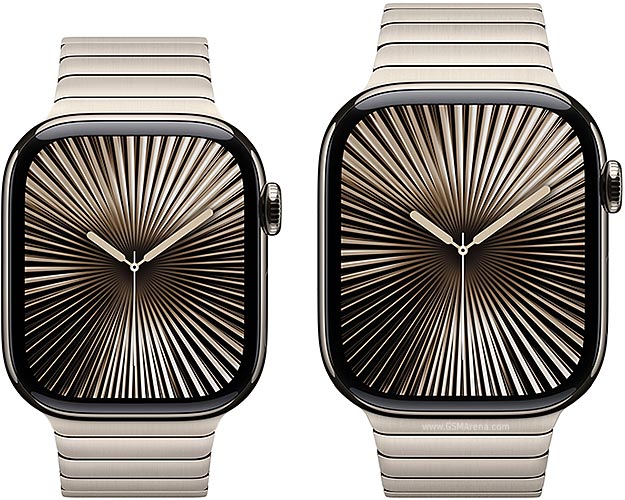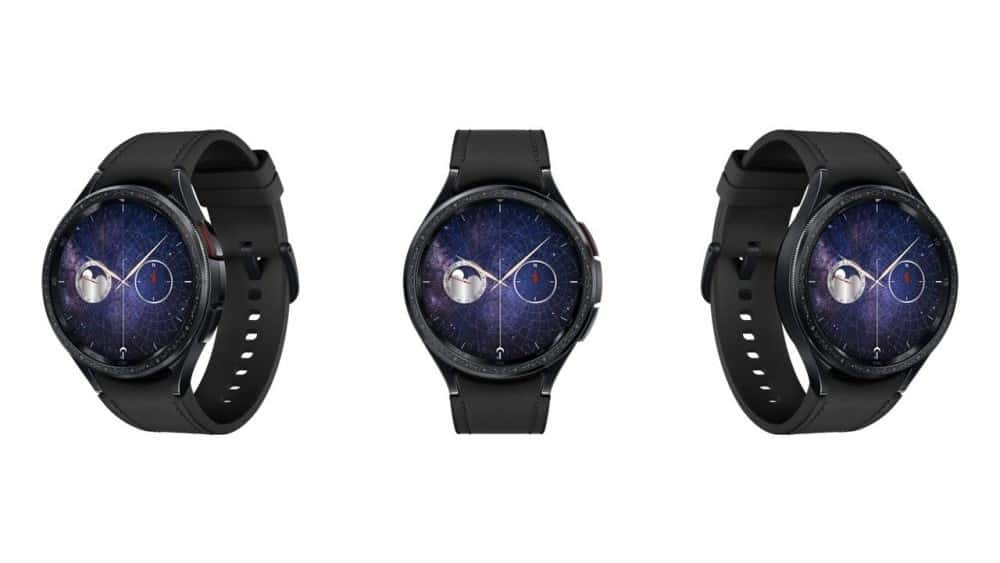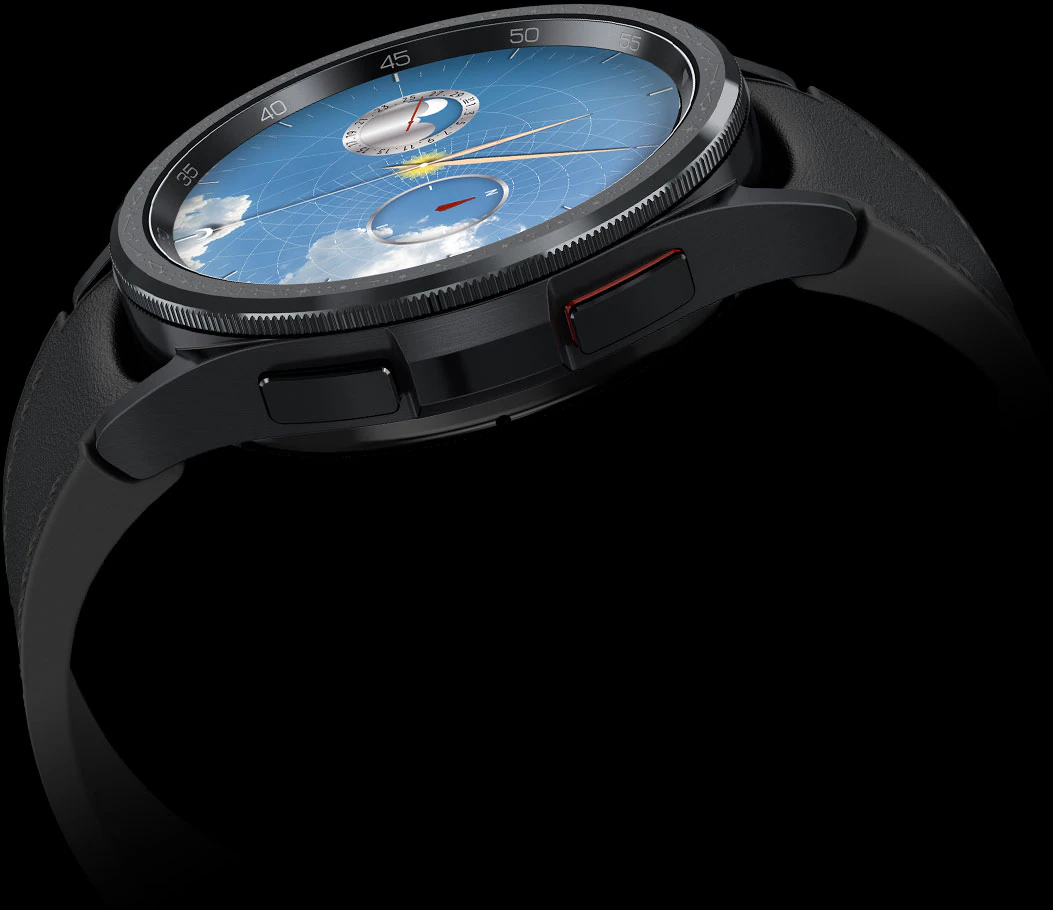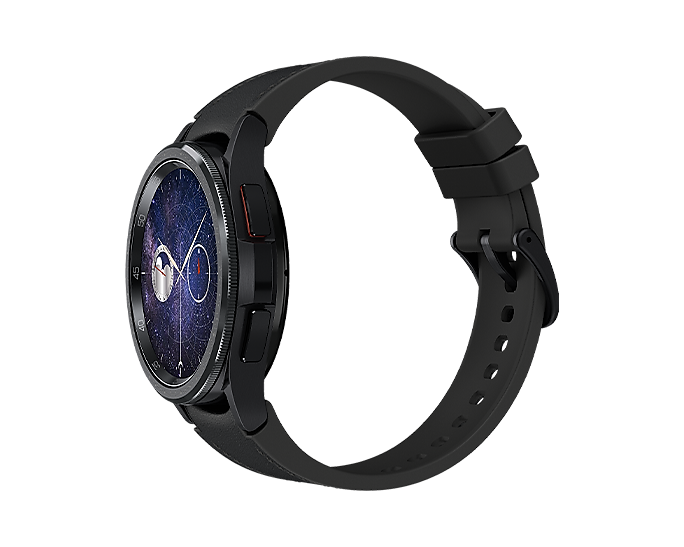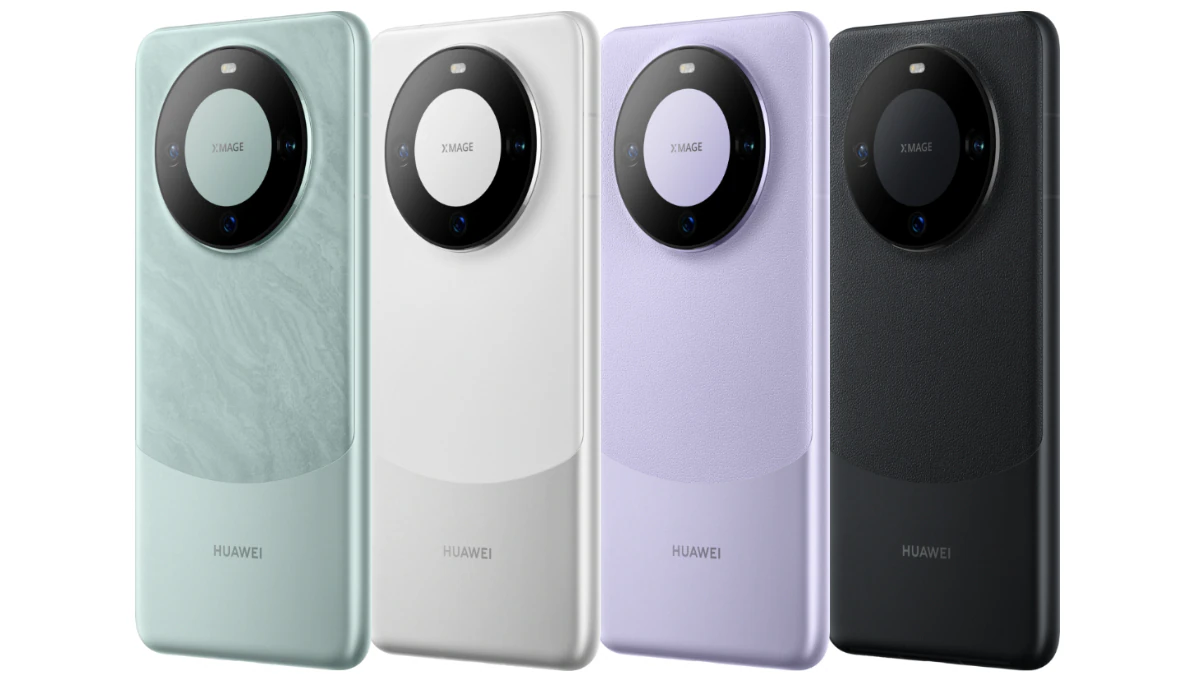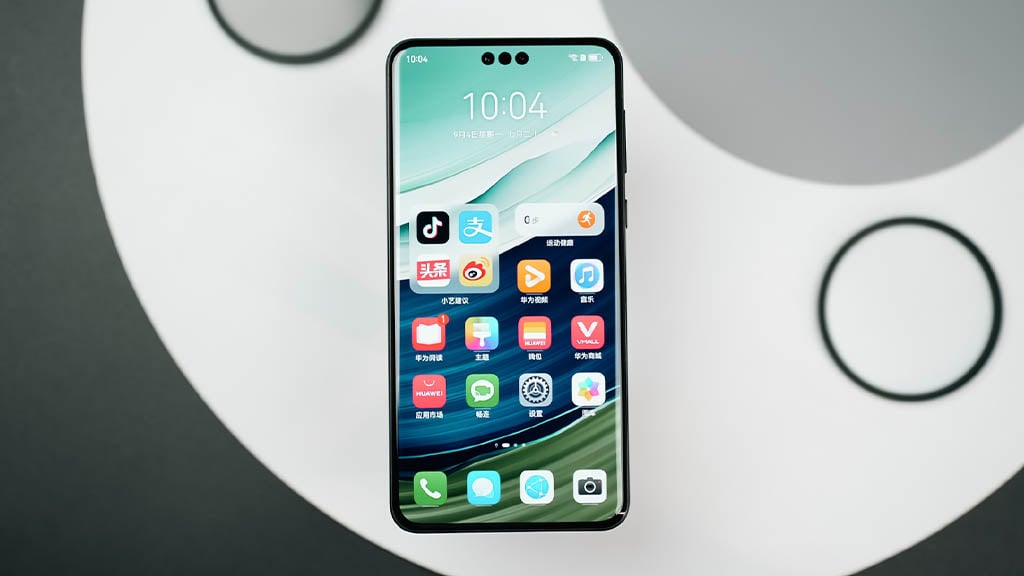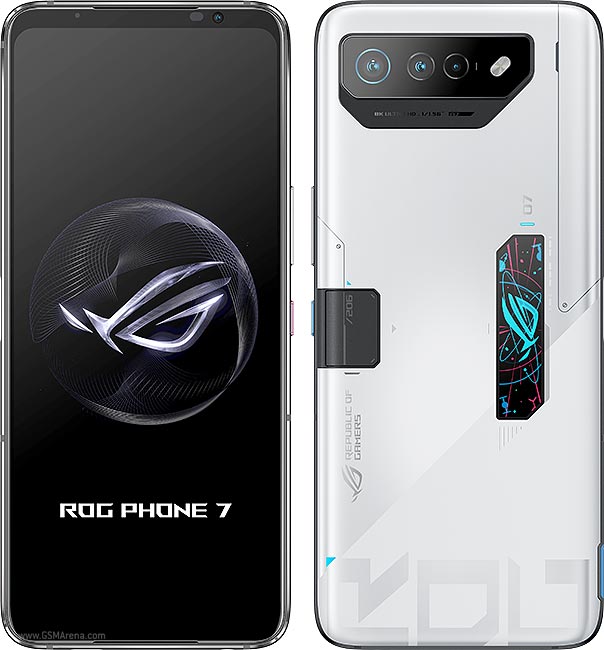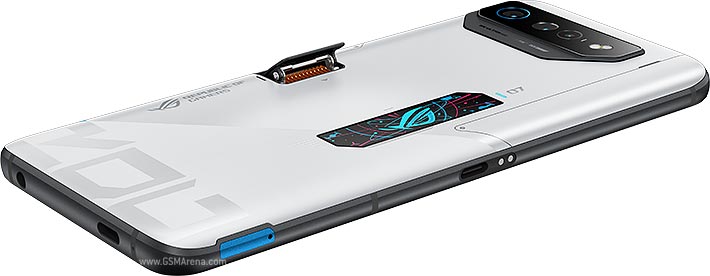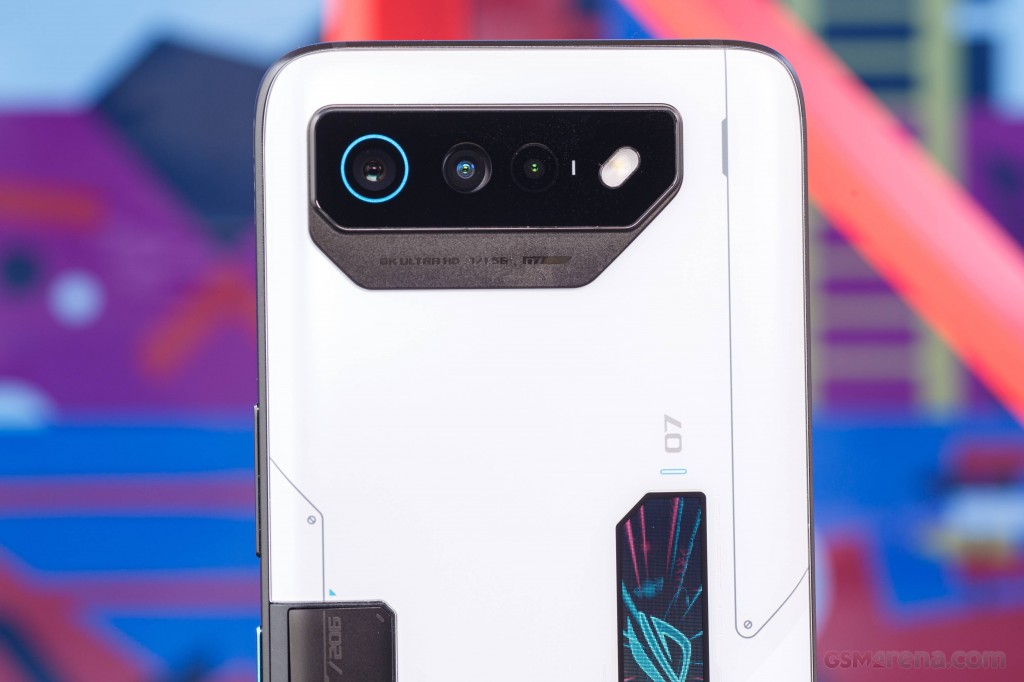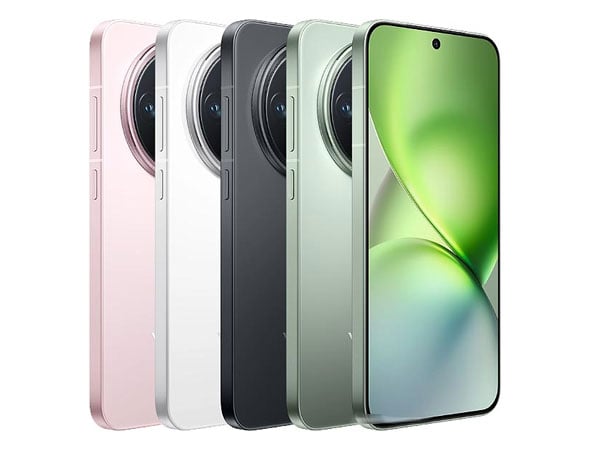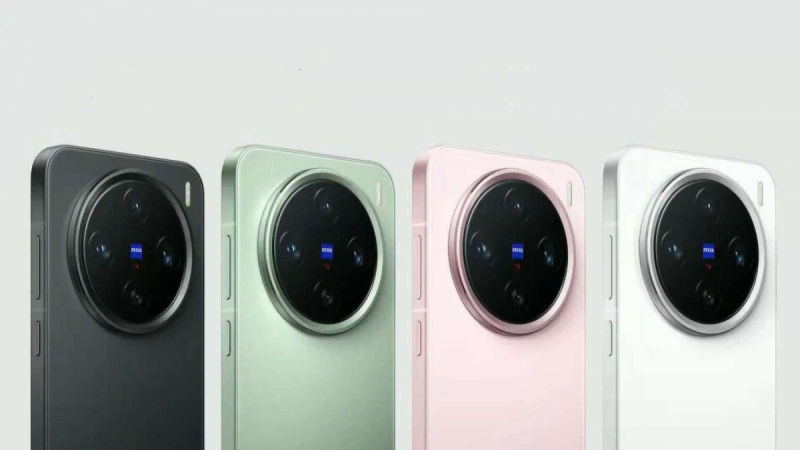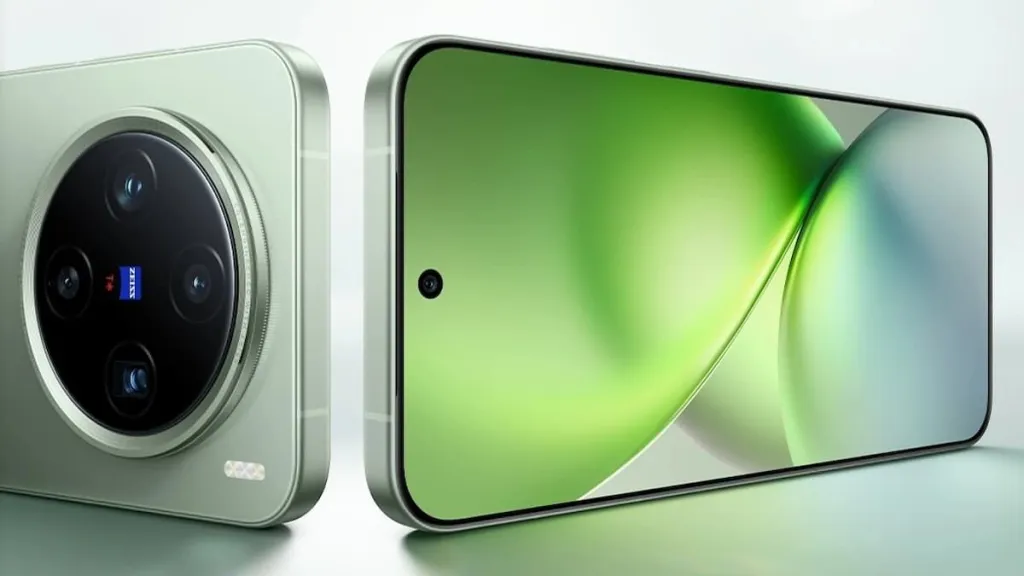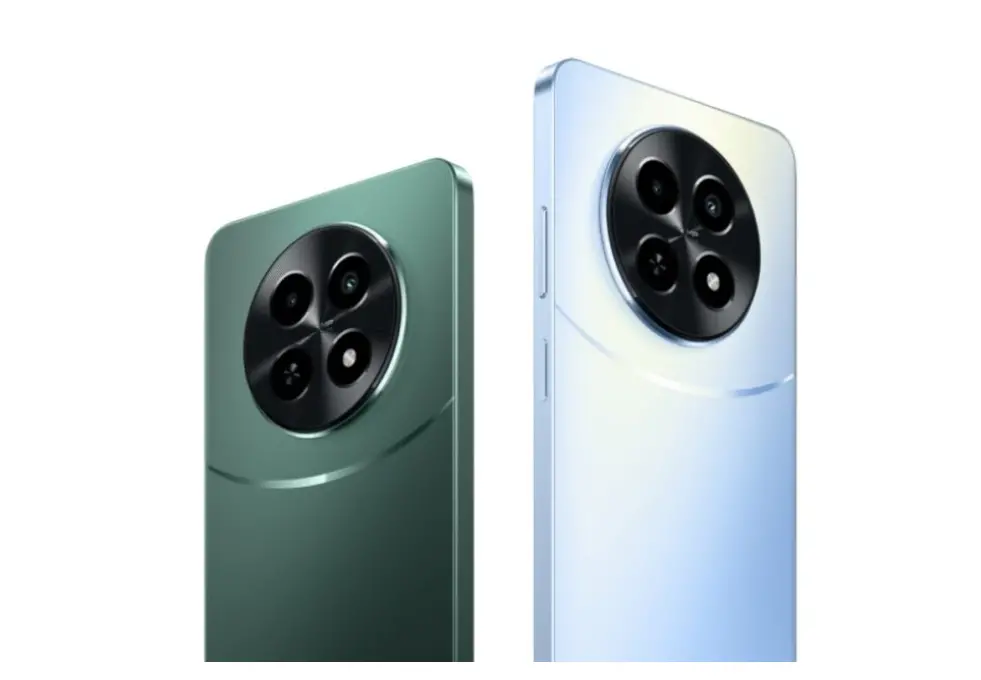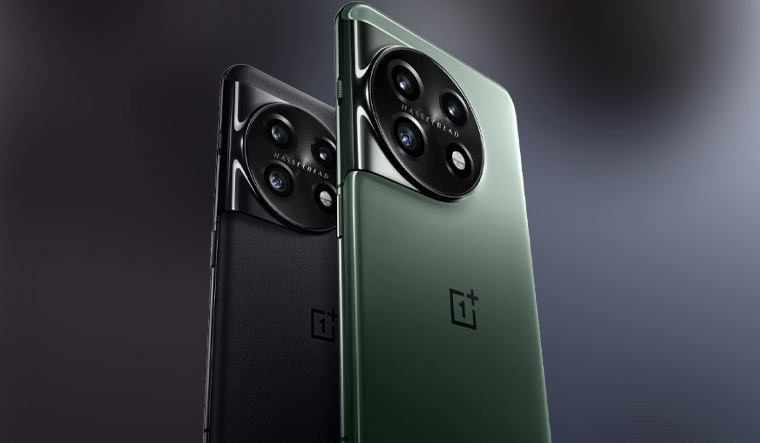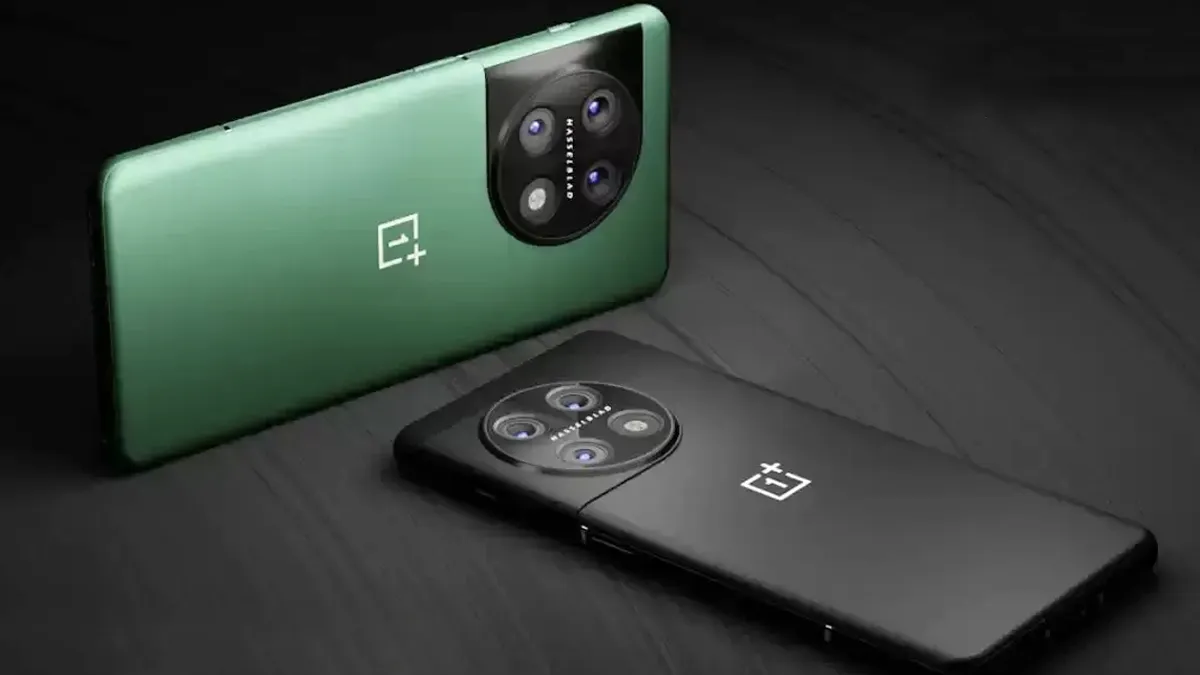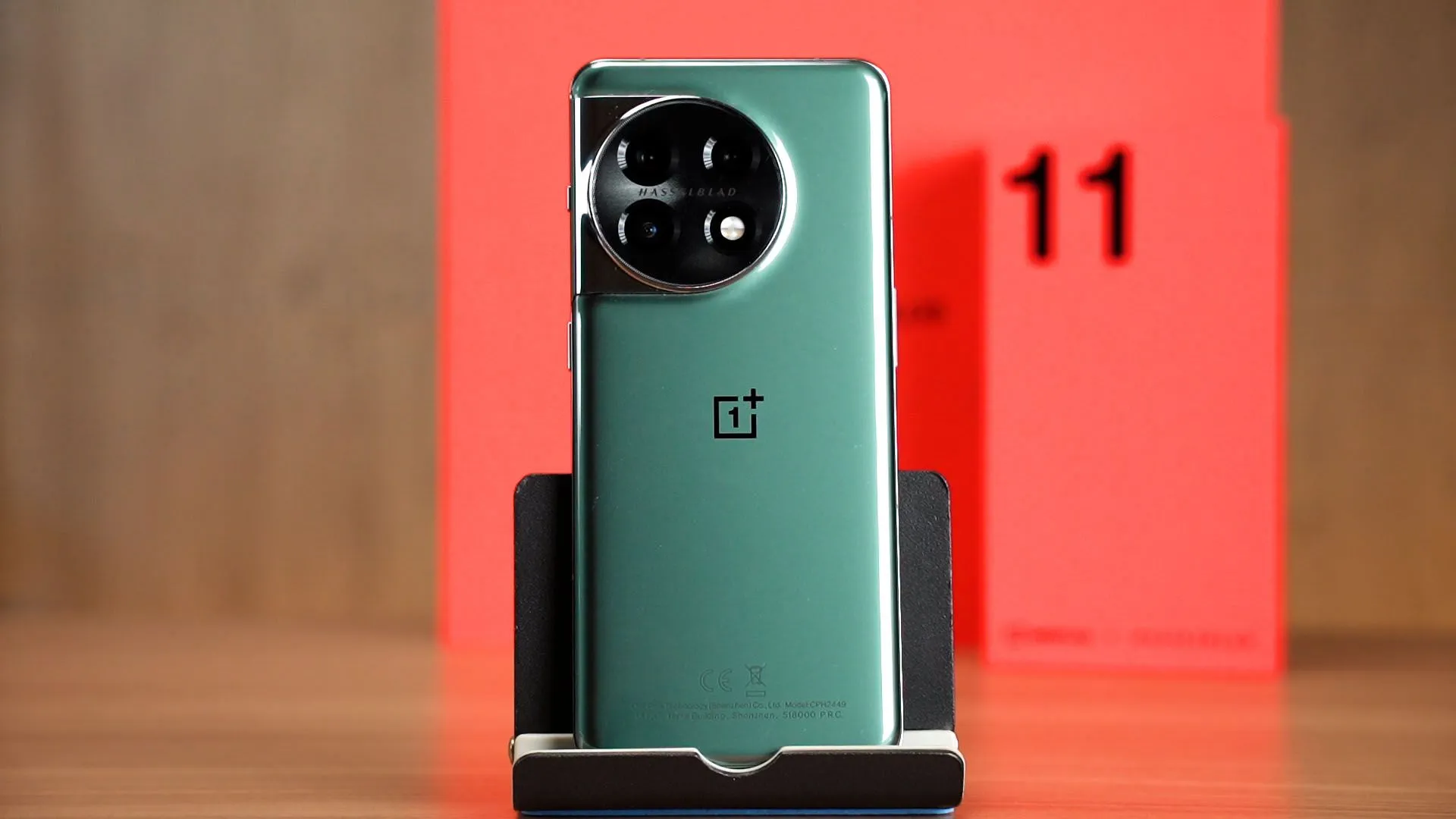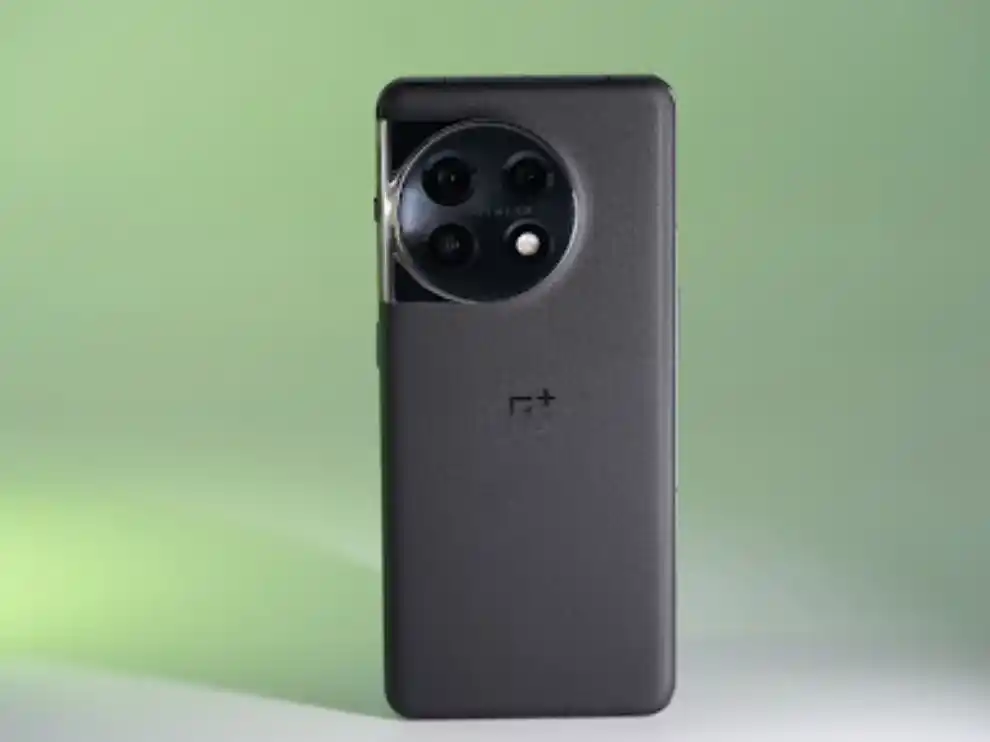Starting a business? Great! Now, it’s time to face the truth: you need a startup business plan. But before you start sighing and thinking it’s a chore, hear me out. A solid startup business plan isn’t just paperwork—it’s the foundation of your business. Think of it as a GPS for your business journey. Without one, you’ll be wandering in circles. This guide will take you step-by-step through building a startup business plan that’s actually useful and not just a dusty document.
Why Your Startup Needs a Business Plan
Let’s start with the basics. Why is a startup business plan so important? Well, for starters, it gives you a roadmap. When you’re running a startup, the excitement can take over, and you might feel like you’re ready to dive in headfirst. But without a clear direction, even the best ideas can fizzle. Plus, investors and partners are going to ask for it. And trust me, “I’ve got it all figured out in my head” doesn’t cut it.
Define Your Mission and Vision for Your Startup Business Plan
What’s the point of your business? No, seriously. What’s your mission? Why did you wake up one day and decide, “I’m going to build something from scratch”? Defining your mission and vision helps give your startup a heartbeat.
Your mission is the “why” behind your company. Your vision is what you see in the future when everything goes right. Take a minute to write these down. Make them simple. Make them real. If it sounds too much like a corporate cliché, ditch it. Investors can smell fluff from a mile away.
Real Talk:
I once knew a guy who had the most complicated mission statement ever. It was something like, “Empowering users through dynamic interfaces to foster innovative ecosystems…” Yeah, nobody knew what he was talking about, and no one invested. Keep it human.
Nail Your Value Proposition for Your Startup Business Plan
You need to answer one key question: why should anyone care about your business? In other words, what problem are you solving, and how do you solve it better than anyone else? This is your value proposition.
Here’s an example. Let’s say you’re starting a coffee delivery service. That’s cool, but why is it better than grabbing a cup from the corner café? Maybe you deliver specialty coffee from local roasters right to people’s doors in under 20 minutes. Maybe you offer a subscription with fun flavor profiles. Find the hook.
Don’t overthink this. Your value prop should be easy to explain. If you can’t describe it to a friend in one sentence, it’s too complicated.
Know Your Market (Really Well) for a Successful Startup Business Plan
Knowing your market is where the rubber meets the road. Who are you selling to? Why do they need what you’re offering? And who else is already doing something similar?
This part takes research—real research, not just a quick Google search. Dive into market data. Get feedback from potential customers. Understand trends. You want to know what your audience is hungry for and how you can give it to them in a way that stands out.
Personal Story:
I worked with a startup founder who was convinced everyone wanted his product. He hadn’t done any market research. When the time came to launch, no one bought it. Turns out, people weren’t interested in what he was selling—they had a different problem that needed solving. Lesson learned: Know your market inside out.
Outline a Simple Marketing Plan for Your Startup Business
You’ve got your mission, vision, and value prop. Now, how are you going to get the word out? That’s where your marketing plan comes in.
In 2024, digital marketing is king. But don’t just throw money at social media ads and hope for the best. Be smart. Figure out where your audience spends their time. Are they on TikTok, Instagram, or LinkedIn? Once you know where they are, create content that speaks their language.
Your marketing plan doesn’t have to be fancy. Just answer these questions:
- How will people find out about you?
- What platforms will you use to promote your business?
- How will you measure success?
If you’re not sure, start small and experiment. The beauty of online marketing is you can tweak things as you go.
Assemble the Dream Team for Your Startup Business Plan
No one builds a startup alone. Even if you’re a solo founder, you’ll need a network of people to support you—whether it’s employees, advisors, or mentors. List out your team in your startup business plan. Highlight their strengths and explain how they’ll help the company grow.
But remember: quality over quantity. A lean, capable team often outperforms a big, bloated one. Look for people who are not only talented but also passionate about your mission. Passion matters more than you think. You want folks who are as excited about the journey as you are.
Financials (Don’t Skip This Part)
Ah, numbers. I know, I know, this is where people tend to zone out. But if you’re serious about your startup, you can’t afford to skip this part. Investors want to see that you have a solid financial plan.
You don’t need to be a finance guru to do this. Start with some basics:
- Revenue Projections: How much money do you expect to make?
- Expenses: What will it cost to get your product or service off the ground?
- Break-even Point: When do you expect to start turning a profit?
If you’re asking for funding, be clear about how much you need and exactly how it will be spent. Vague “we need money for growth” statements don’t work. Be specific.
Anecdote:
I once worked with a founder who didn’t include any financial details in his startup business plan. He assumed investors would “get the vision” without needing to see the numbers. Spoiler alert: they didn’t.
Related Post: Best Startup Funding Options for Entrepreneurs in 2024
Address Potential Challenges in Your Startup Business Plan
Running a startup isn’t all sunshine and rainbows. Challenges will come up—sometimes out of nowhere. So, take some time to think about what could go wrong and how you’ll handle it.
Do a SWOT analysis to figure out your strengths, weaknesses, opportunities, and threats. Investors love to see that you’re prepared for roadblocks. It shows you’re not just living in fantasyland. You’ve thought this through, and you’ve got a plan for when things get tough.
Quick Tip:
It’s okay to admit that not everything is going to go perfectly. In fact, it makes you seem more grounded and realistic. Investors appreciate honesty over overconfidence.
Use Technology to Your Advantage in Your Startup Business Plan
In 2024, technology is your best friend. Whether it’s automating your marketing, tracking customer data, or streamlining your operations, make sure you’re taking advantage of the tools at your disposal.
Include a section in your startup business plan about the tech you plan to use. Are you building an app? Using AI to personalize customer experiences? Detail how tech will support your business growth and make things more efficient.
The key here is balance. Don’t adopt tech just for the sake of it. Make sure it aligns with your goals and actually helps solve problems.
Keep Your Startup Business Plan Updated
Your startup business plan is not a one-and-done deal. It should evolve with your startup. As things change—whether it’s market conditions, customer needs, or your own strategy—update your plan. A quarterly check-in is a great way to make sure you’re staying on track.
Story Time:
I once knew a founder who wrote his startup business plan, printed it, and stuck it in a drawer. He never looked at it again. When things started to go sideways, he didn’t have a clear plan for how to pivot. Don’t be that guy. Keep it updated.
Conclusion: Your Startup Business Plan Blueprint for Success
There you have it—a straightforward guide to building a startup business plan in 2024. It’s not just a box to check off; it’s your guidebook, your pitch, and your safety net all rolled into one. Done right, a solid startup business plan will help you stay focused, attract investors, and grow your business.
Remember: keep it simple, keep it real, and keep it updated. The startup world is wild, but with a good plan in hand, you’ll be ready for anything that comes your way. Now go get started—your future self will thank you!
